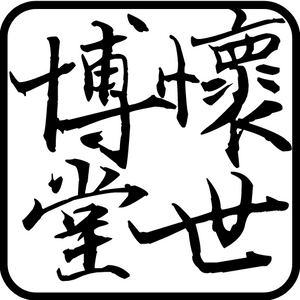Ming Dynasty, Second half of the 16th Century
Height: 5.81 inches (14.8 cm)
The broad- shouldered guan jar with eight-lobed body is freely painted in soft tones of underglazed blue with the “Three Friends Theme” consisting of a large pine, a bamboo and a prunus tree. They are depicted with other plants, butterflies and winding mist against a cloud-strewn sky under a lappet boarder at the shoulders. Flowers and leaf motifs alternate around the straight-sided, lobed neck. It is covered on the interior, exterior and flat countersunk base with a transparent glaze of very pale bluish tint.
Provenance
J. Hellner Collection, Sweden.
James Godfrey, San Antonio (early 1980’s)
Michael B. Weisbrod, Inc., at the Carlyle, November 1986.
Published
Chinese Ceramic Art: Innovation and Imitation, Michael B Weisbrod Inc., at the Carlyle, 1988, page 102, no. 45.
Exhibited
Museum of Far Eastern Antiquities, Stockholm, Sweden (on loan) Chinese Ceramic Art: Innovation and Imitation, Michael B Weisbrod Inc., at the Carlyle, 1988, page 102, no. 45.
References
A slightly larger lobed jar with the same theme, dated to the Wanli period (1573-1619_ was included in an exhibition of “Chinese Blue and White Ceramics” at the National Museum of Singapore (Yeo and Martin, p. 128, pl. no. 72).
Another sixteenth century jar of similar shape from the collection of Mr. and Mrs. Alfred Clark is decorated with gourds and animals (included in the 1935 “International Exhibition of Chinese Art” in London, Catalogue, no. 1990). The “Three Friends Theme” was a popular and profound subject in scholar painting and was soon imitated on Ming blue and white porcelain. Each “friend” symbolizes the strength of character of the Confucian gentleman in times of adversity. For instance, the pine stays green through the winter and the prunus blossoms early in spring while snow is still on the ground. The bamboo. Which grows straight and hollow, is like a gentleman without artifice in his heart.








